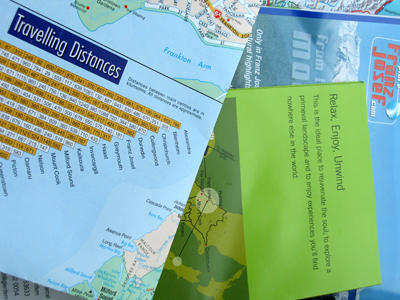The first stage of preparation for a travel photography journey is perhaps the most important. It can be considered, and is perhaps best addressed, from a comfortable armchair in the company of a sunset. It consists of answering the most basic questions – why, and in broad terms where and when? The details of how become relevant later. The answers are of course dependent upon personal interests, needs and circumstances. However, it is essential to clarify what you hope to achieve, and the associated priorities. You may just want to arrange a holiday for your family and bring home an album of memories, or you may have more specific photographic objectives in mind. Once the driving forces have been identified, a destination can be selected. You might decide to travel to the Swiss Alps, the Himalayas or New Zealand for landscapes, or to Tanzania, Botswana or South Africa for wildlife. If you are not sure what to do, but want an exciting and photogenic holiday, go for one of the top traveller's destinations in Appendix A such as Peru, East Africa or India. Indecision at this early stage probably means you are lacking key information. Try sleeping on the whole idea for a week or two while doing some basic research.
 |
| Public domain image by Tracy Toh - freeimages.com |
Finding the information required to plan a journey has never been easier. Everything needed is readily available, but keep in mind the nature of the source. Travel companies and their agents are seeking your business, and the publishers of travel guidebooks hope to sell you their books. It is only you who has the suitability and of your itinerary and the quality of your travel images as top priorities.
Useful sources include embassies, national and local tourist offices, libraries, bookshops, photographic and travel magazines, Sunday newspaper travel supplements, travel agencies and the internet. If specific travel or health alerts apply, check with an appropriate embassy or authority about the wisdom of the proposed itinerary. National tourist offices are sometimes willing to supply printed information of a general nature, but most have good websites. Local tourist offices often have more specific information and useful contact points. Libraries are certainly worth visiting; search the catalogue for relevant material and try the reference section for atlases and maps. Browse local bookshops and newsagents for illustrated guidebooks, such as Lonely Planet and Blue, Eyewitness and Insight guides, as well as travel literature, magazines and videos. Some will make reference to additional sources of more specific information. Travel supplements in newspapers are generally topical, up to date and reasonably objective. High street travel agencies have access to all sorts of travel information, but their effectiveness varies. If you intend going off the beaten track, use an appropriate specialist organization. They are usually much better informed about unusual destinations than high-street "sun and sand" agencies set up to sell beach holidays from brochures. Finally, the internet is a very powerful tool and it is amazing what a good search engine turns up. Just type in your destination and browse the most likely looking hits. However, check the source of significant information – it may not be accurate, up to date or objective. Inaccurate information causes lots of problems.
Whatever sources are used, don't forget to also talk to people who have been to the same region recently – they have valuable experience and their views are unlikely to be biased by business interests. It is usually possible to find an appropriate contact, if only by searching the internet and sending a polite e-mail. Most people are willing to give and a bit of advice and a short summary of their experiences.






